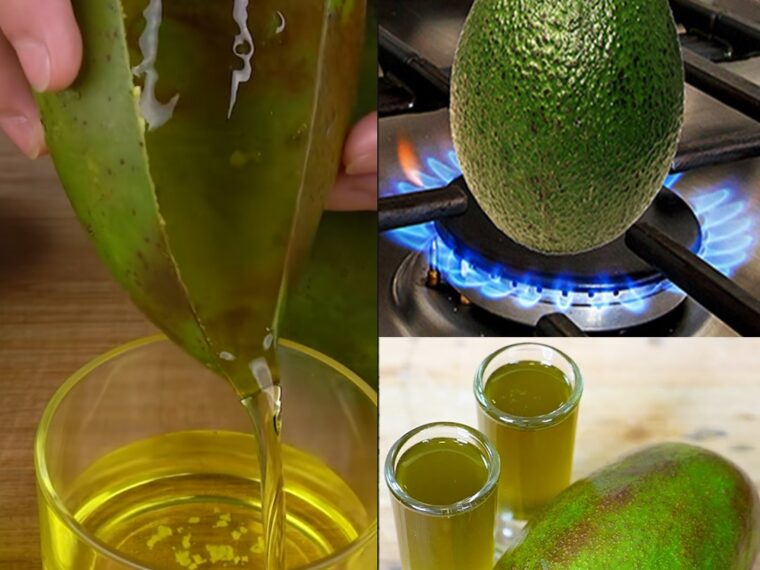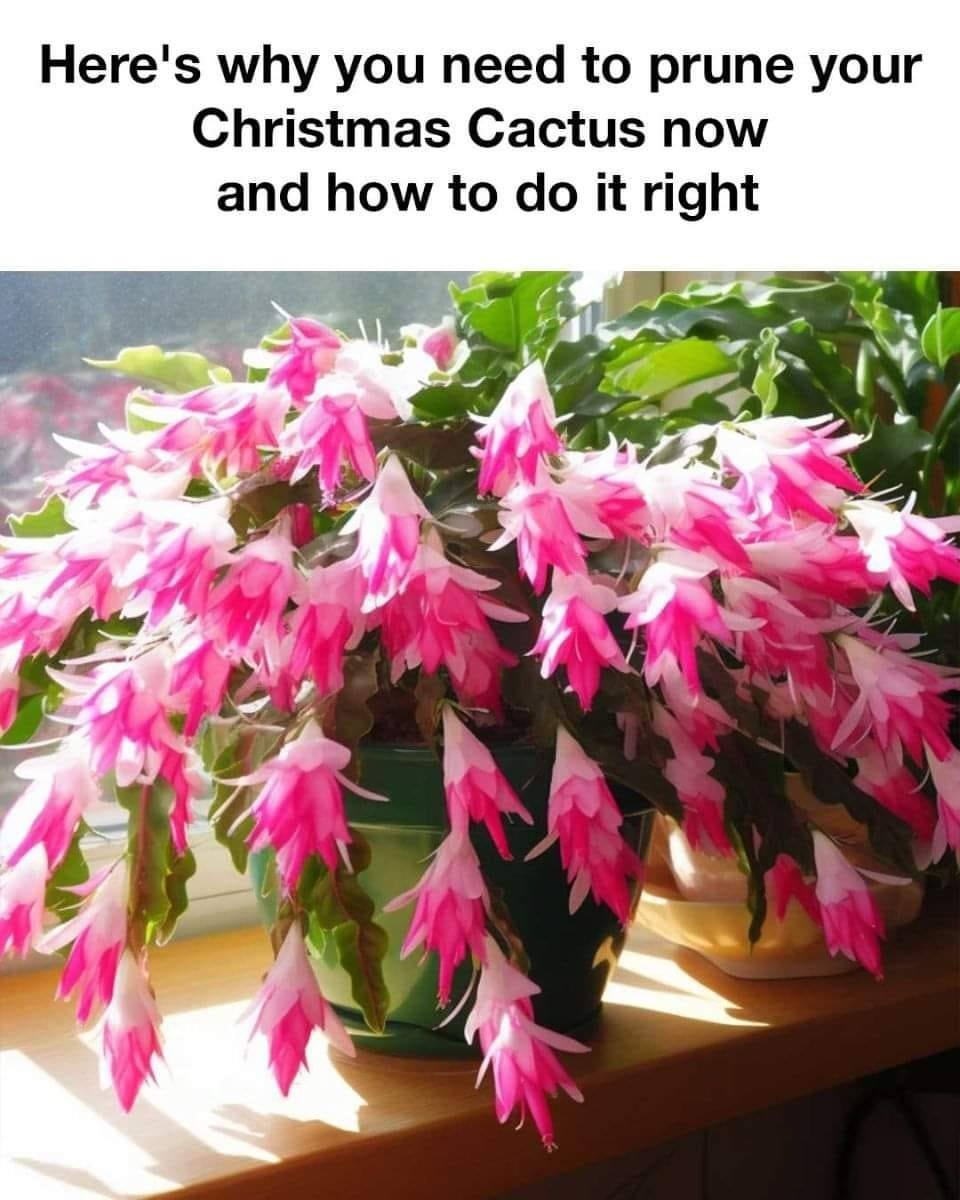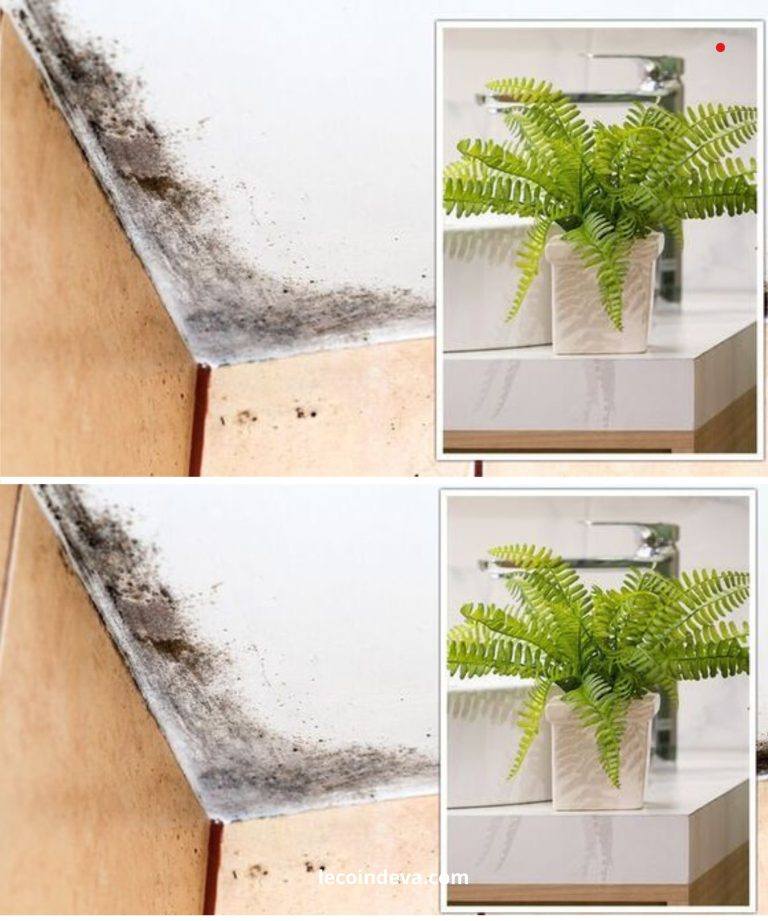1. Select Your Avocados
Choose overripe or damaged avocados that are too soft for slicing but still smell fresh and nutty. Avoid any that smell sour, fermented, or have visible mold.
Even avocados with brown spots or slightly mushy texture are still good for this process. As long as the pit is intact and there’s no rot near the skin, you’re good to go.
2. Prepare the Avocados
- Cut the avocados in half.
- Remove the pits (set them aside – they can be used for other purposes like natural dye, or even dried for crafts or tea).
- Scoop the flesh into a large mixing bowl.
3. Mash the Flesh
Using a fork, potato masher, or hand blender, mash the avocado until you get a smooth, consistent texture. The finer the mash, the better the oil extraction.
Optional tip: Let the mashed avocado sit in the sun for a few hours. This can slightly dehydrate it and intensify the oil release later.
4. Cook the Mixture
- Transfer the mashed avocado to a frying pan or deep skillet.
- Heat it over low heat. Be patient — you don’t want to fry or burn the avocado. The goal is to slowly simmer it until it begins releasing oil.
- Stir occasionally to prevent sticking.
As it cooks, you’ll start noticing a sheen on top of the mixture. This is the oil beginning to separate from the pulp.
This step can take 30–45 minutes, depending on the amount and moisture content of your avocados.
5. Cool and Strain
Once the mixture has turned a darker green or brown and you can see oil shimmering on the surface, turn off the heat and let it cool slightly.
Now strain the mixture:
- Use a cheesecloth, nut milk bag, or fine mesh sieve to separate the oil from the pulp.
- Press or squeeze firmly to extract every drop.
- Pour the oil into a glass jar or bottle using a funnel.
Tip: Let it settle for a few hours, and if needed, strain again to remove any residual pulp.
6. Store Your Avocado Oil
- Keep your fresh oil in a dark glass bottle or a mason jar.
- Store in a cool, dark place (a pantry or cupboard works well).
- It can last up to 4–6 months if stored properly.
Uses for Your Homemade Avocado Oil
✅ In the Kitchen
- Use as a salad dressing base.
- Drizzle over grilled veggies or roasted meats.
- Replace butter or vegetable oil in recipes.
- Sauté or stir-fry with it (thanks to its high smoke point).
✅ In Your Beauty Routine
- Moisturize dry skin or chapped lips.
- Use as a deep conditioner for dry or curly hair.
- Mix with sugar or salt to make a natural exfoliating scrub.
- Apply to cuticles for healthy nails.
✅ For Natural Remedies
- Combine with essential oils for massage therapy.
- Use on minor burns or skin irritations.
- Add to DIY face masks for added hydration.
How Much Oil Can You Expect?
The yield can vary based on the quality and ripeness of your avocados. On average, 5 to 6 medium avocados will yield around 1/2 to 3/4 cup of oil.
While it’s not a huge amount, the purity, freshness, and satisfaction of making your own oil makes up for the smaller yield.
Saving Money by Making Your Own
Store-bought avocado oil is expensive. High-quality, cold-pressed oils can cost anywhere from $10 to $20 for 250ml. When you’re using leftover or damaged avocados that you would have otherwise thrown away, you’re literally turning waste into wealth.
This method is especially useful if you have:
- A backyard avocado tree that overproduces
- Access to discounted or “ugly” produce from markets
- A habit of forgetting avocados in your fridge!
Bonus: What to Do with the Leftover Pulp
Don’t discard the pulp after oil extraction! Even though most of the fat has been removed, the remaining fiber can still be used:
- Compost it for your garden.
- Mix into homemade soap or scrubs.
- Blend with oats and honey for a facial mask.
- Dry it and use in organic fertilizer.
Final Thoughts
Next time you’re about to throw away an old, soft avocado, pause. That creamy green fruit still holds value — in the form of rich, nourishing avocado oil. Whether you’re using it for cooking, skincare, or just trying to reduce your food waste, making avocado oil at home is a win on every level.
It’s cheap, eco-friendly, and surprisingly easy.
So, the next time someone complains about their avocados turning bad, you’ll know exactly what to say:
“Don’t throw them away — turn them into liquid gold!”





